People don’t care about your company (or your content), they care about their own problems. Yet time and time again, I see companies blogging about their company news and writing web pages only about their own services.
Don’t do that.
Give your customers and website visitors what they want. And they want answers to their questions and solutions to their problems. The best way to capitalize on your content strategy is to structure your content based on questions your customers are asking. Not only will this method lead to more traffic and engagement in humans, it will also help your site align better with Google’s latest update.
If you haven’t already heard about Google’s latest upgrade to BERT, let us introduce you to this amazing technology. The Bidirectional Encoder Representations from Transformers (BERT) model helps search engines like Google better understand natural language. Specifically, the technology enhances how Google interprets conversational searches (whether the queries are manually typed into a search bar or entered using voice text) so that they can match those queries to more relevant results.
RELATED: MEET BERT
Unlike traditional language representation models, BERT can pre-train deep, bidirectional representations using unlabeled text. The BERT model can be fine-tuned to manage a variety of tasks, including asking questions and language deduction, without requiring any significant modifications to the task-specific architecture.
Take a look at this example of how BERT can be used to enhance the quality of search results for users:
- Top Search Result Before Google’s Update: “What you need to know when preparing to have a baby.”
- Top Search Result After Google’s Update: “Tips to help you prepare for childbirth and labor.”
As you can see, the new BERT model better understands the intent behind search queries. It can process how words relate to each other in a sentence versus analyzing them in exact order, one-by-one.
When BERT is applied to ranking and featured snippets in a user search, it drastically improves results by listing only the most useful information. This means that your target audience is much more likely to see your content when they enter a related keyword or phrase.
And because this technology can now recognize the meaning of prepositions like “to” and “for,” searchers can format their queries in a more conversational, natural way and still find the answers they’re looking for.
HOW TO STRUCTURE CONTENT TO RESPOND TO USER INQUIRIES
If you’re in the middle of developing (or rethinking) your SEO strategy for your blogs, page copy, and other content, then creating useful content should be the main priority of your overall plan. If you’re investing time, money, and energy into creating blog posts, your content should identify and answer a searcher’s questions, improve user experience on your site, and enhance your conversion rates.
RELATED: BUILDING YOUR BLOG CONTENT STRATEGY
There are dozens of search engine optimization tools available to help content writers and marketers identify what questions their audiences are asking. These tools can also help you find commonly asked questions related to your targeted keywords.
Free options include:
Paid options include:
Today’s SEO tools have evolved significantly, and each presents advantages. If you have the budget to invest in a robust SEO strategy, any of these is a great investment for your SEO and content strategies.
So, what’s the best way to structure your content to include questions and answers? Here are a few tactics you can use:
USE THE QUESTIONS TO DEVELOP YOUR FAQ PAGE
Using FAQ Schema is an easy way to generate a large amount of organic traffic through the use of structured data.
LEVERAGE Q&A ON YOUR WEBSITE
There are several ways to incorporate question and answer features on your site, and possibly use them to start conversations with your target audience. If you have an e-commerce site, you can activate Q&A functionality on your product pages by including the most frequently asked questions about your product. For websites that have a community component, you can place some of these questions in your forums, message boards, or comment sections to further engage your audience.
INCLUDE Q&A ON YOUR GOOGLE MY BUSINESS PROFILE
If there are questions commonly asked about your brand, products, or services, you can upload these questions and answers to your profile.
TURN FAQ INTO BLOG CONTENT
Take frequently asked questions and use them as discussion points to develop several different blog posts for your website. Posting helpful, valuable content is one of the easiest ways to establish your online presence, and earn credibility and trust with your target audience.
ANSWERING A USER’S INQUIRY IS GOOD FOR YOUR CONTENT’S SEO PERFORMANCE
Using research and optimization tools is a great way to ensure you create the best possible SEO strategy. But remember that ultimately, you have the best knowledge about your audience and their needs. Consider this when developing your list of questions and answers for your site. Incorporating Q&A in your content is a simple way to generate more organic searches, snippets, and other elements that improve your content’s SEO ranking.
For more help with SEO strategies, optimizations, and content marketing, get in touch with 5th Brand Africa top-notch marketing experts. We’re ready to help you get your content optimized.



